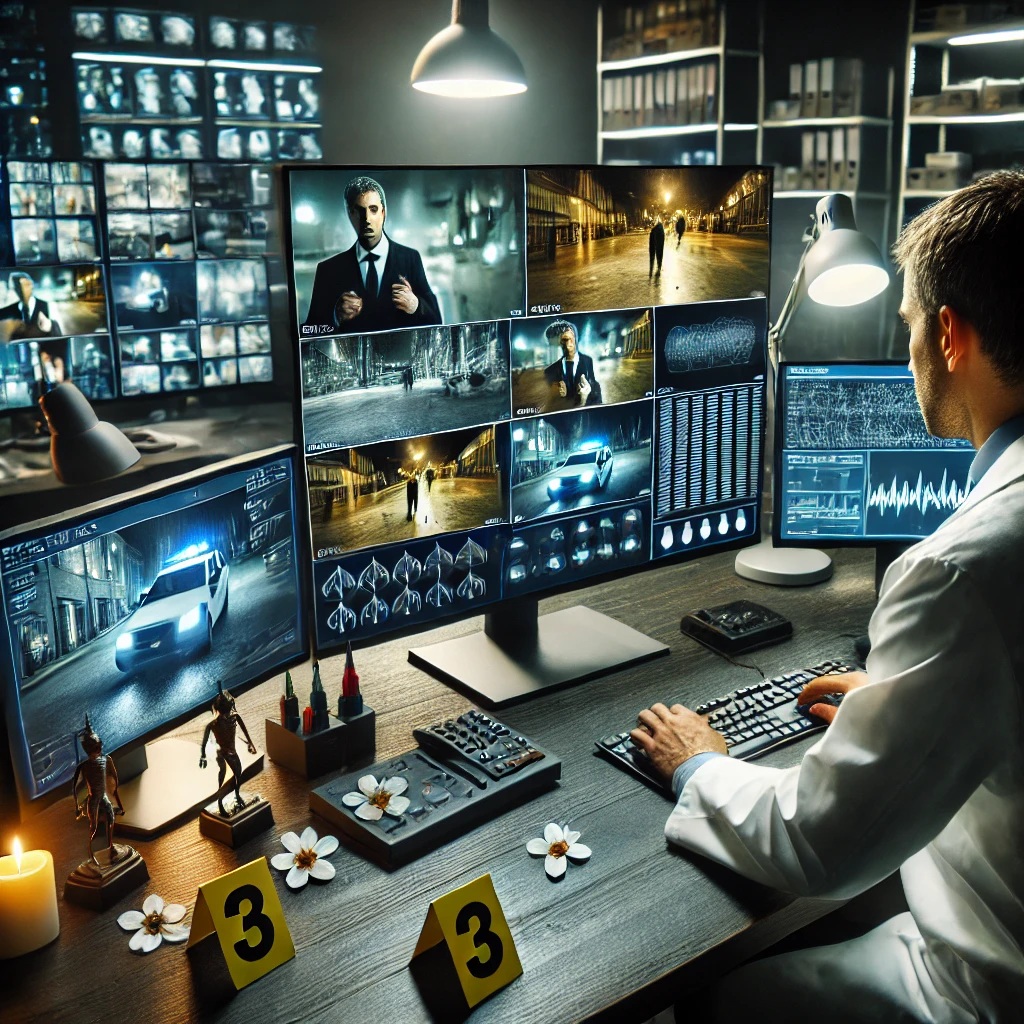In the digital age, forensic investigations rely heavily on advanced image forensic tools and crime scene video analysis to uncover crucial evidence. From enhancing blurry images to reconstructing crime scenes, these technologies play a pivotal role in modern law enforcement and criminal justice systems. This article explores the key aspects of forensic imaging, how crime scene video analysis is conducted, and the tools used to extract valuable insights from digital media.
Understanding Image Forensic Tools
What Are Image Forensic Tools?
Image forensic tools are specialized software and methodologies used to analyze, enhance, and authenticate digital images. These tools help forensic experts detect tampering, extract hidden details, and improve image quality for better interpretation. They are widely used in criminal investigations, legal proceedings, and intelligence operations.
Key Features of Image Forensic Tools
- Image Enhancement – Adjusting brightness, contrast, and sharpness to improve clarity.
- Metadata Analysis – Extracting embedded data such as timestamps and device information.
- Error Level Analysis (ELA) – Detecting image manipulation by analyzing compression inconsistencies.
- Pattern Recognition – Identifying unique patterns that may indicate alterations.
- Facial Recognition – Comparing images with databases to identify persons of interest.
- Object Identification – Detecting weapons, license plates, and other key objects in images.
Crime Scene Video Analysis: Process and Techniques
What Is Crime Scene Video Analysis?
Crime scene video analysis involves the systematic examination of video footage from surveillance cameras, body cams, dash cams, and mobile devices to extract forensic evidence. This process helps law enforcement agencies reconstruct events, identify suspects, and establish timelines.
Steps in Crime Scene Video Analysis
- Video Acquisition – Collecting footage from various sources while ensuring its authenticity.
- Format Conversion – Standardizing different video formats for compatibility.
- Frame-by-Frame Analysis – Examining individual frames to detect crucial details.
- Motion Tracking – Analyzing object movements to reconstruct sequences of events.
- Audio Enhancement – Clarifying background noise or speech to extract key information.
- Comparison with Databases – Matching faces, vehicles, and objects with known records.
How Image Forensic Tools Support Crime Scene Video Analysis
By integrating image forensic tools with crime scene video analysis, forensic experts can:
- Enhance low-quality footage to reveal hidden details.
- Authenticate video evidence by detecting alterations.
- Identify persons and objects in still images extracted from videos.
- Generate 3D reconstructions of crime scenes using extracted image data.
Challenges in Image and Video Forensics
Despite advancements in forensic technology, several challenges remain:
- Poor Image Quality – Low-resolution or heavily compressed images can limit analysis.
- Deepfake Manipulation – AI-generated content makes it harder to verify authenticity.
- Data Corruption – Digital media can be tampered with, requiring sophisticated detection methods.
- Legal and Ethical Concerns – Privacy and data protection laws impact forensic investigations.
Conclusion
The evolution of image forensic tools and crime scene video analysis has significantly improved the accuracy and efficiency of forensic investigations. By leveraging advanced software and analytical techniques, forensic experts can uncover critical evidence that aids in solving crimes and ensuring justice. As technology continues to advance, these tools will become even more sophisticated, further strengthening the field of digital forensics.
